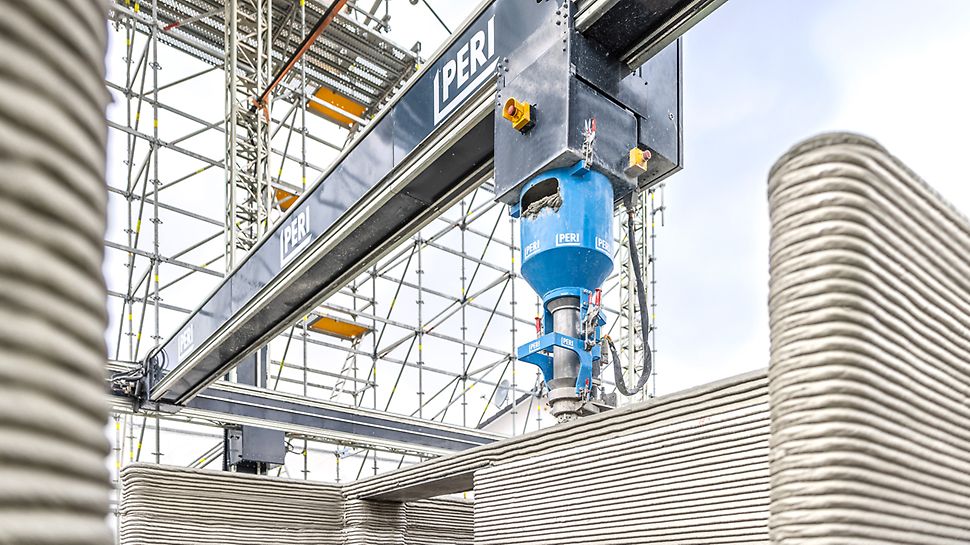In the realm of home construction, a groundbreaking technological advancement is reshaping the landscape: 3D printing, a revolutionary innovation poised to redefine how homes are built. With its potential to revolutionize the industry, 3D printing is becoming an integral part of civil engineering, paving the way for more efficient, sustainable, and cost-effective housing solutions.
1. The Basics of 3D Printing in Construction
Explore the fundamental principles of 3D printing technology and how it translates into the construction sector. Discuss the layer-by-layer additive manufacturing process, materials used, and the scalability of 3D printing in building homes.
2. Speed and Efficiency: Rapid Home Construction
Delve into the unparalleled speed and efficiency offered by 3D printing. Compare traditional construction timelines with 3D printing methods, showcasing how entire homes can be constructed in a matter of days, a feat previously unimaginable with conventional techniques.
3. Sustainability and Waste Reduction
Examine the eco-friendly aspects of 3D printing, including its minimal waste production and the potential for recycling construction materials. Discuss how these sustainable practices align with modern environmental concerns, making 3D printing an attractive choice for eco-conscious homeowners.
4. Complex Designs and Customization
Highlight the design freedom offered by 3D printing technology. Discuss intricate architectural designs and customized features that can be easily incorporated, allowing homeowners to personalize their spaces in ways previously limited by traditional construction methods.
5. Affordability and Cost-Effectiveness
Explore the cost advantages of 3D printing in construction. Discuss how reduced labor costs, minimal material wastage, and faster construction timelines contribute to making 3D-printed homes more affordable, potentially addressing housing shortages and affordability issues worldwide.
6. Challenges and Innovations
Address the challenges faced in the widespread adoption of 3D printing, including regulatory hurdles, material research, and structural integrity concerns. Showcase ongoing innovations and solutions developed by civil engineers to overcome these obstacles, ensuring the technology’s seamless integration into mainstream construction practices.
7. Applications Beyond Residential Construction
Explore the diverse applications of 3D printing in civil engineering, including its potential in disaster relief housing, creating affordable housing for underserved communities, and even construction in extraterrestrial environments, reflecting its versatility and limitless possibilities.
As 3D printing technology continues to evolve and integrate with civil engineering practices, it promises to transform the way we perceive and construct homes. This technological marvel not only accelerates the construction process but also opens doors to unprecedented creativity, sustainability, and accessibility in the housing industry. With ongoing research and innovative solutions, 3D printing is shaping a future where safe, comfortable, and customized homes are within reach for people around the globe.


YOUR COMMENT